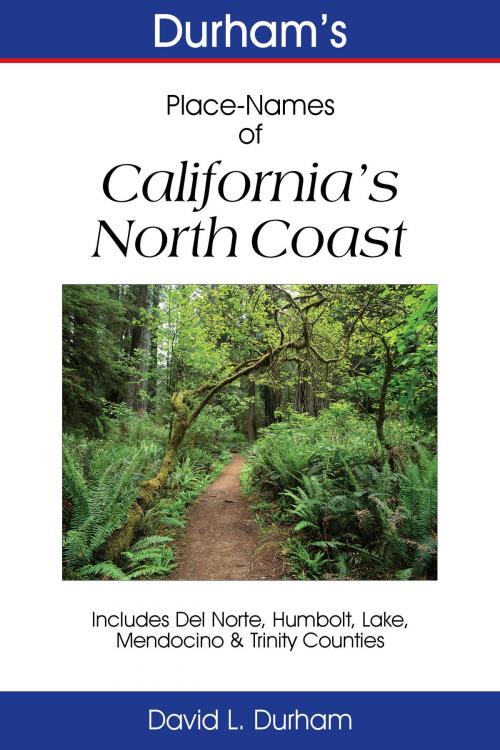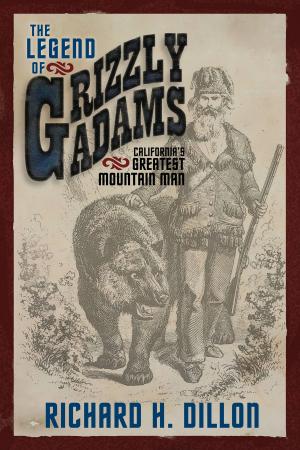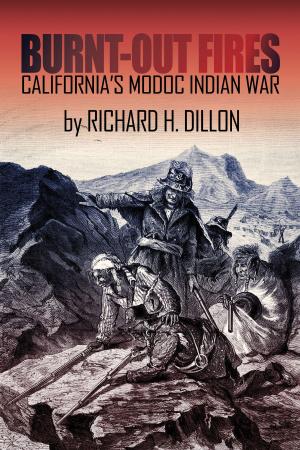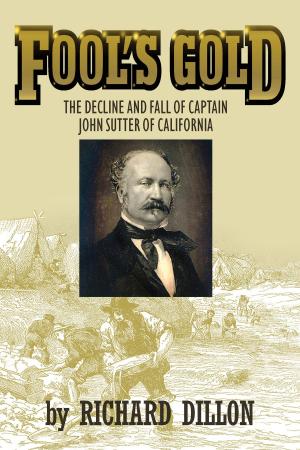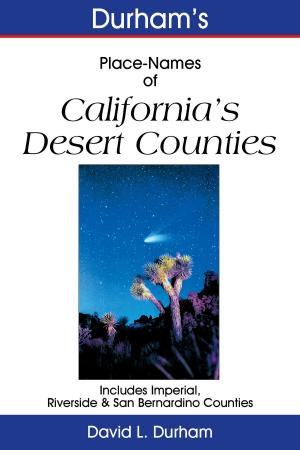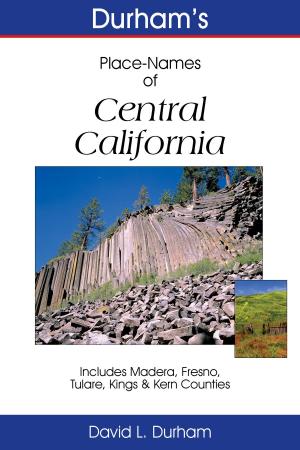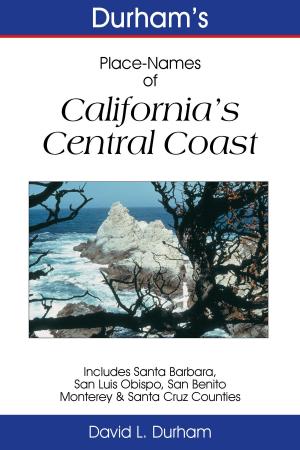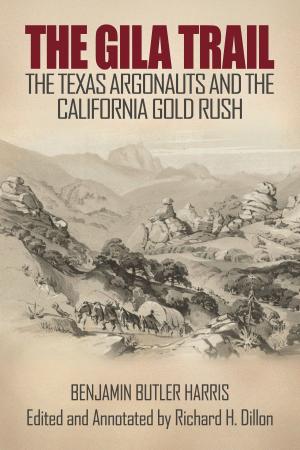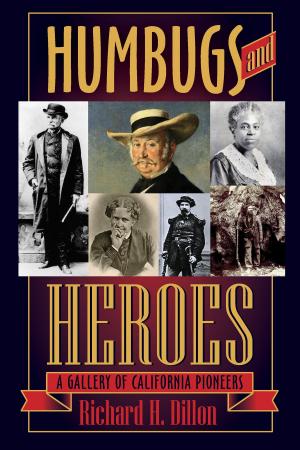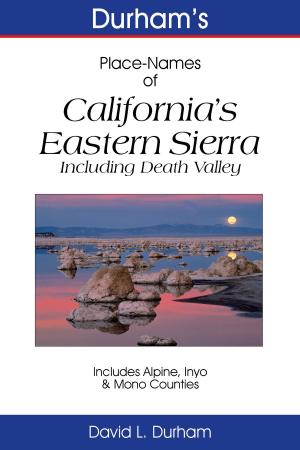Durham’s Place Names of California’s North Coast
Includes Del Norte, Humboldt, Lake, Mendocino & Trinity Counties
Nonfiction, Reference & Language, Reference, Atlases, History, Americas, United States, State & Local, Travel| Author: | David L. Durham | ISBN: | 9781618090980 |
| Publisher: | The Write Thought | Publication: | September 10, 2012 |
| Imprint: | Language: | English |
| Author: | David L. Durham |
| ISBN: | 9781618090980 |
| Publisher: | The Write Thought |
| Publication: | September 10, 2012 |
| Imprint: | |
| Language: | English |
• Wounded Knee Mountain in Del Norte County got its name from an incident suffered by an Unites States Geological Survey employee who was working in the neighborhood in 1915. The mountain sits just one and a half miles west of Broken Rib Mountain, another sore spot in California’s place-name history.
• Hell to Find Lake isn’t all that hard to find; it is five and a half miles southwest of the Trinity County locality of Wildwood. Cattlemen working in the area named the lake sometime prior to 1900.
• Kirk Brier started the Mendocino County town of Willits in the 1860s on land owned by Hiram Willits. The community was first known as Willitsville. About four miles northeast of Willits, a feature named Muir Springs yielded mildly sulphurated water and natural gas.
• Trappers of the famous Hudson’s Bay Company called Cache Creek, in present-day Lake County, “Rivière La Cache” before 1832 because they hid their skins there.
...just a taste from the scads of fascinating facts to be mined from Durham’s Place-Names of California’s North Coast.
This gazetteer, one of fourteen volumes in the Durham’s Place-Names of California Series, is derived from California’s Geographic Names: A Gazetteer of Historic and Modern Names of the State, David L. Durham’s definitive gazetteer of California. Each volume of the series contains the complete body of entries contained in California’s Geographic Names for the counties covered.
Thousands of topographic features, such as ridges, peaks, canyons and valleys; water features, such as streams, lakes, waterfalls, and springs; and cultural features, such as cities, towns, crossroads and railroad sidings are included. Many entries include information about who named the feature, when and why, as well as alternate or obsolete names. A complete bibliography of sources is included.
Longitude and latitude are given for each feature, a boon to hikers wishing to use GPS devices to keep on track to their destinations.
Guaranteed to provide addictively entertaining browsing for residents of Del Norte, Humboldt, Lake, Mendocino & Trinity counties, this book will also delight:
• Tourists • Historians • Geographers • Students • Writers • Cartographers
• Genealogists • Hikers and outdoor folks of all kinds
• Great for browsing.
• Indispensable for research.
• Keep a copy on your phone or tablet to use on trips!
• Wounded Knee Mountain in Del Norte County got its name from an incident suffered by an Unites States Geological Survey employee who was working in the neighborhood in 1915. The mountain sits just one and a half miles west of Broken Rib Mountain, another sore spot in California’s place-name history.
• Hell to Find Lake isn’t all that hard to find; it is five and a half miles southwest of the Trinity County locality of Wildwood. Cattlemen working in the area named the lake sometime prior to 1900.
• Kirk Brier started the Mendocino County town of Willits in the 1860s on land owned by Hiram Willits. The community was first known as Willitsville. About four miles northeast of Willits, a feature named Muir Springs yielded mildly sulphurated water and natural gas.
• Trappers of the famous Hudson’s Bay Company called Cache Creek, in present-day Lake County, “Rivière La Cache” before 1832 because they hid their skins there.
...just a taste from the scads of fascinating facts to be mined from Durham’s Place-Names of California’s North Coast.
This gazetteer, one of fourteen volumes in the Durham’s Place-Names of California Series, is derived from California’s Geographic Names: A Gazetteer of Historic and Modern Names of the State, David L. Durham’s definitive gazetteer of California. Each volume of the series contains the complete body of entries contained in California’s Geographic Names for the counties covered.
Thousands of topographic features, such as ridges, peaks, canyons and valleys; water features, such as streams, lakes, waterfalls, and springs; and cultural features, such as cities, towns, crossroads and railroad sidings are included. Many entries include information about who named the feature, when and why, as well as alternate or obsolete names. A complete bibliography of sources is included.
Longitude and latitude are given for each feature, a boon to hikers wishing to use GPS devices to keep on track to their destinations.
Guaranteed to provide addictively entertaining browsing for residents of Del Norte, Humboldt, Lake, Mendocino & Trinity counties, this book will also delight:
• Tourists • Historians • Geographers • Students • Writers • Cartographers
• Genealogists • Hikers and outdoor folks of all kinds
• Great for browsing.
• Indispensable for research.
• Keep a copy on your phone or tablet to use on trips!
